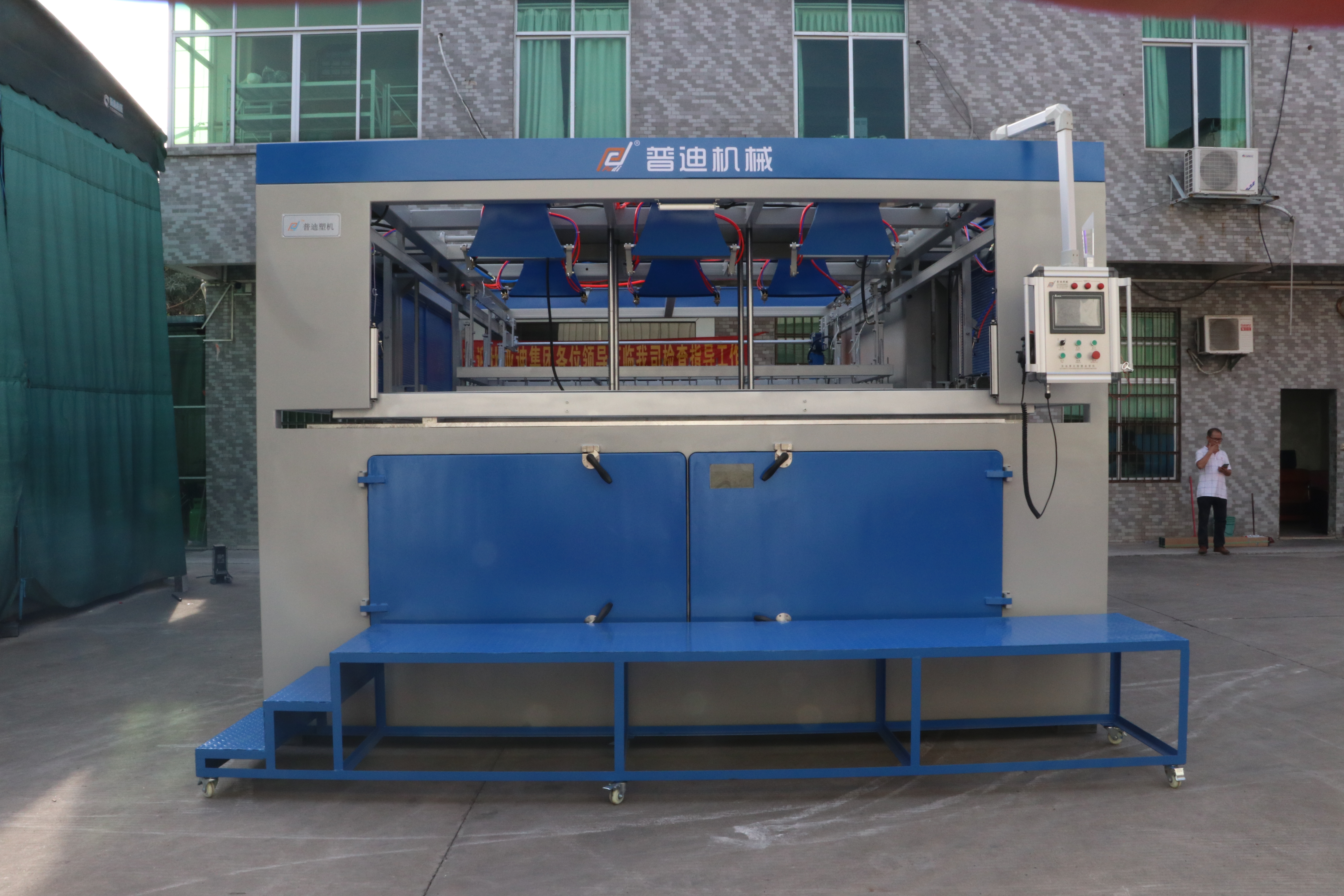Revolutionizing Manufacturing: The Power of Four Stations Forming Machines
In the ever-evolving landscape of manufacturing, the quest for efficiency, precision, and versatility remains constant. Among the myriad of advanced tools and technologies shaping the industry, four stations forming machines stand out as a beacon of innovation. These machines represent a culmination of cutting-edge engineering and automation, offering a transformative approach to shaping raw materials into finished products.
Overview of Four Stations Forming Machines
At the heart of manufacturing operations, four stations forming machines play a pivotal role in material transformation. These machines operate through a meticulously orchestrated series of stations, each contributing to the intricate process of forming raw materials, predominantly metals, into desired shapes and configurations.
Definition and Explanation
Four stations forming machines are sophisticated manufacturing tools designed to execute a four-step process of material shaping. These machines integrate a series of stations, each dedicated to specific tasks essential for the final product's formation. From bending and cutting to shaping and finishing, these stations work in tandem to achieve precise and consistent results.
Components of Four Stations Forming Machines
A comprehensive understanding of four stations forming machines necessitates an exploration of their key components:
Forming stations: These stations serve as the nucleus of the machine, where the actual shaping of materials takes place. Each station is tailored to perform distinct tasks, contributing to the overall forming process.
Control panel: The control panel serves as the command center, enabling operators to oversee and adjust various parameters governing the machine's operation.
Material feeding system: Ensuring a continuous flow of raw materials into the machine, the material feeding system is crucial for uninterrupted production.

Supporting components
Hydraulic system: Providing the necessary force for material shaping, the hydraulic system ensures uniformity and precision throughout the process.
Electrical components: Powering the machine and facilitating its various functions, electrical components play a vital role in ensuring smooth operation.
Safety features: Incorporating measures such as emergency stops and protective guards, safety features safeguard both operators and equipment, prioritizing workplace safety.
Operation of Four Stations Forming Machines
The operation of four stations forming machines unfolds in a systematic manner, guided by a step-by-step process:
Raw materials are fed into the machine's material feeding system.
The materials progress through each forming station, where they undergo specific shaping processes.
Automation and control systems regulate the operation, ensuring precision and consistency at every stage.
Applications of Four Stations Forming Machines
The versatility and efficiency of four stations forming machines find applications across diverse industries:
Automotive Manufacturing:
From body panel production to exhaust system fabrication, these machines contribute to the manufacturing of critical automotive components, meeting stringent quality standards.
HVAC Industry:
Four stations forming machines streamline ductwork fabrication and aid in shaping essential components for HVAC systems, facilitating efficient airflow and temperature control.
Appliance Production:
In the realm of appliance manufacturing, these machines are instrumental in producing metal casings and fabricating various components, ensuring durability and aesthetic appeal.
Advantages and Disadvantages of Four Stations Forming Machines
While four stations forming machines offer numerous benefits, they also present certain challenges:
Advantages:
Increased efficiency in production, driven by high-speed forming capabilities.
Versatility in forming various shapes and sizes, catering to diverse manufacturing needs.
Reduced labor costs through automation and streamlined processes.
Disadvantages:
Initial investment costs associated with the advanced technology and precision engineering.
Complexity of setup and operation, requiring skilled personnel and extensive training.
Limited flexibility compared to other forming methods, potentially constraining adaptability to changing production requirements.
Conclusion
In conclusion, four stations forming machines epitomize the relentless pursuit of manufacturing excellence. Their ability to combine efficiency, precision, and versatility is reshaping industries and driving innovation. As the manufacturing landscape continues to evolve, these machines will undoubtedly remain at the forefront, ushering in a new era of productivity and possibility.


